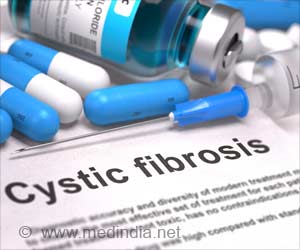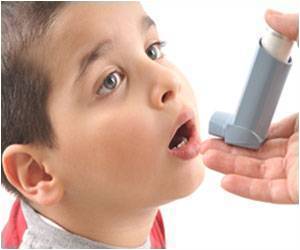Extracorporeal membrane oxygenation (ECMO) support in awake, non-intubated patients can perhaps be a valuable strategy for linking patients to lung transplantation, states a new study from Germany.

The findings were published online ahead of print publication in the American Thoracic Society''s American Journal of Respiratory and Critical Care Medicine.
In the retrospective, single-center study of consecutive lung transplantation candidates with terminal respiratory or cardiopulmonary failure, 26 patients received awake ECMO and 34 control patients received conventional mechanical ventilation (MV) as a bridge to transplant. Median duration of ECMO support was 9 days (range 1-45) and median duration of MV was 15 days (range 1-71). Veno-arterial ECMO was used primarily in patients with right ventricular failure and/or profound hypoxemia while the veno-venous approach was used primarily in patients exhibiting hypoxemic and/or hypercapnic respiratory failure but stable hemodynamics.
Of 26 patients in the ECMO group, six (23%) died before a donor organ became available, compared with 10 of 34 (29%) patients in the MV group. Among the patients who reached transplantation, the survival rate at six months post-transplantation was significantly (p=.02) higher in the awake ECMO group (80%) compared with the MV group (50%). The six-month survival rate among awake ECMO patients who required secondary intubation dropped to 43%. Awake ECMO patents required significantly (p=.04) shorter postoperative mechanical ventilation and showed a trend towards shorter postoperative hospital stays.
ECMO-related complications included a fatal cardiac arrest after insertion of the venous ECMO cannulae in one patient. Intubation and mechanical ventilation was required 1-7 days after ECMO insertion in six patients. Blood transfusions due to bleeding complications were needed in eight patients. Of five patients who developed a sepsis-like syndrome, one recovered.
"Ours is the largest series of patients who underwent awake ECMO as a bridge to lung transplantation," said lead author Thomas Fuehner, MD. "In addition to the possibility that this approach may improve survival, one of the main benefits of using awake ECMO is the avoidance of the complications associated with general anesthesia, intubation, and long-term ventilation."
"Awake ECMO may be an effective bridging strategy for lung transplantation candidates," said Dr. Hoeper. "This strategy, however, remains investigational and must be studied further to improve its safety and efficacy and examine how to tailor its use for specific patient populations."
With an impact factor of 10.191, the AJRRCM is a peer-reviewed journal published by the American Thoracic Society. It aims to publish the most innovative science and the highest quality reviews, practice guidelines and statements in the pulmonary, critical care and sleep-related fields.
Founded in 1905, the American Thoracic Society is the world''s leading medical association dedicated to advancing pulmonary, critical care and sleep medicine. The Society''s 15,000 members prevent and fight respiratory disease around the globe through research, education, patient care and advocacy.
Source-Newswise
 MEDINDIA
MEDINDIA




 Email
Email





